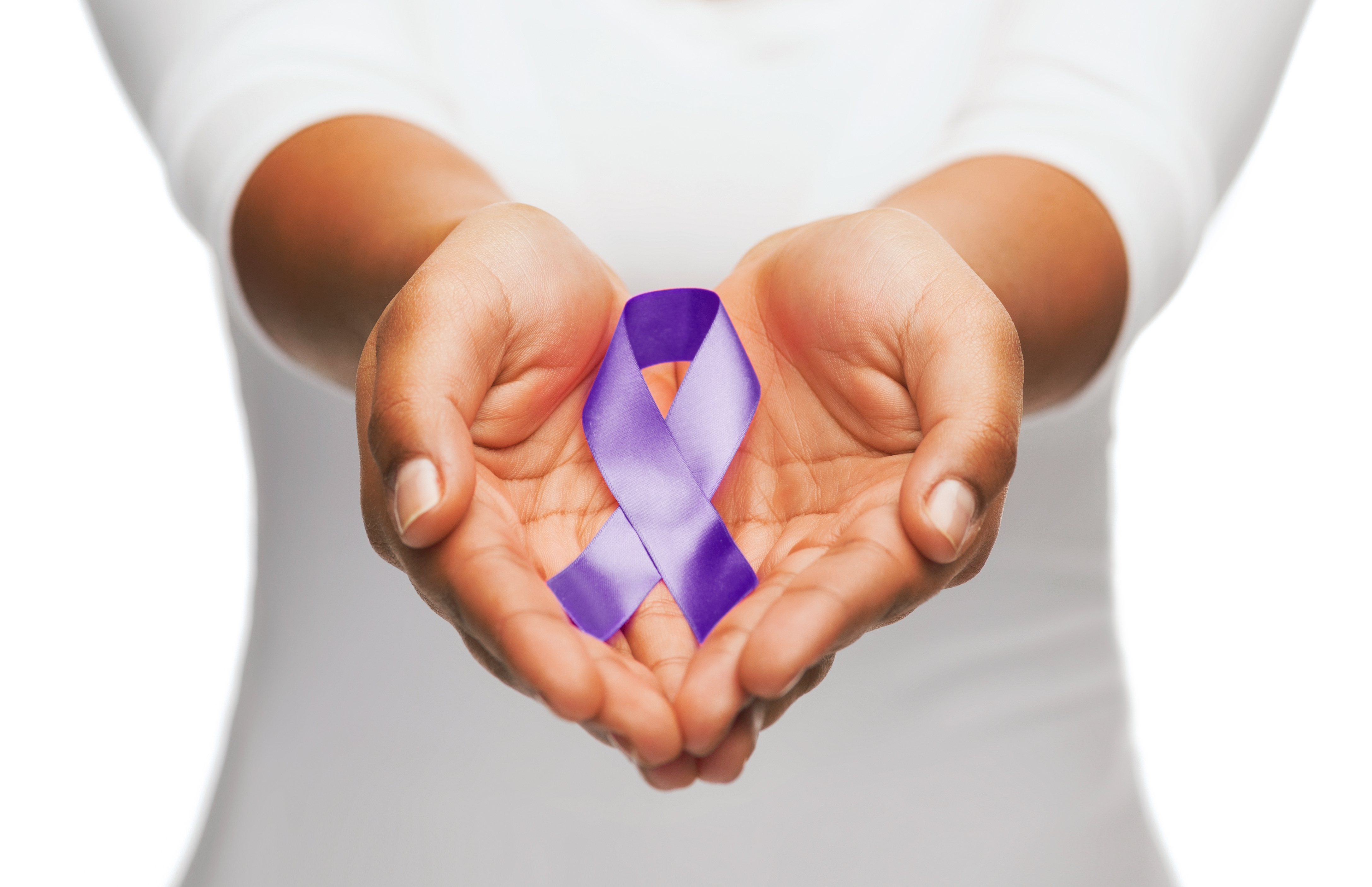 By Ann Kostyk, Outreach Coordinator/Community Educator at Pillars
By Ann Kostyk, Outreach Coordinator/Community Educator at Pillars
October is Domestic Violence Awareness Month. The National Coalition Against Domestic Violence created and observed the first Domestic Violence Awareness Month in October 1987. Just two years later, in 1989, the U.S. Congress formally designated October as Domestic Violence Awareness Month. At Pillars, we recognize this important awareness opportunity each fall, as it gives us a way to stand in support of victims and survivors while also promoting a message of prevention and hope. Specifically, events during this awareness month encourage community members to look out for one another, report domestic violence when they are aware of it, provide safety for survivors, and ensure treatment is provided and administrative action is taken when needed.
What Is Domestic Violence?
Domestic violence is defined as a pattern of coercive control that one person exercises over another. Domestic violence is not limited to physical violence, but also includes verbal abuse, emotional abuse, and economic abuse. It can be progressive social isolation, deprivation, and intimidation. Remember that domestic violence is a power game: Its purpose is for the abuser to control the victim in whatever form that control might take.
In the United States, 24 percent of adult women and 14 percent of adult men have been physically assaulted by a partner at some point in their lives. It is the most common cause of injury for women ages 18 to 44. It leads to an increased incidence of chronic disease: Abused women are 70 percent more likely to have heart disease, 80 percent more likely to experience a stroke, and 60 percent more likely to develop asthma.
And here’s a statistic you need to know: Nearly a quarter of employed women report that domestic violence has affected their work performance at some point in their lives. Each year, an estimated 8 million days of paid work is lost in the U.S. because of domestic violence. Domestic violence costs $8.3 billion in expenses annually—a combination of higher medical costs ($5.8 billion) and lost productivity ($2.5 billion).
What You Can Do
To combat the stigma around this issue and prevent domestic violence from occurring in the first place, we must first simply become aware of it. As local business members in our community, you can be mindful of the power dynamics of domestic violence and red flags that may indicate abuse.
Wear purple throughout the month of October to visibly show your support for victims and survivors.
If you suspect a patron is experiencing emotional, verbal, or physical abuse, please remain empathetic and remember there are barriers preventing survivors from leaving abusive relationships. You may refer them to Pillars’ Constance Morris House, your local domestic violence shelter. At Constance Morris House, we not only provide emergency shelter for those fleeing abusive relationships, we also provide free counseling services and legal advocates in both Bridgeview and Maywood Courthouse. Our community outreach staff are also available to provide free training and presentations around this issue. For referrals or questions about Constance Morris House, please call our 24-hour, confidential hotline: 708.485.5254. Trained advocates are available 24 hours per day, 7 days per week, to safety plan with survivors, complete an assessment, or just provide emotional support.
Click here to learn more about Pillars’ Domestic Violence Services.
Follow us on Facebook, LinkedIn, Twitter, or Instagram this month to find out about our awareness activities.
Visit our Pinterest board for additional domestic violence resources.
